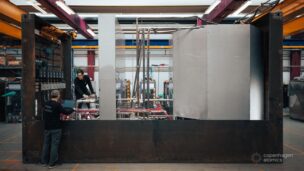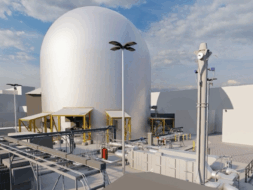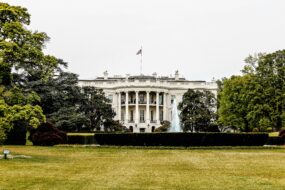A recent shake-up in Japan’s nuclear sector spurred a watchdog agency to decide against restarting a reactor, citing concerns over seismic risks.
A Nuclear Regulation Authority panel said determining the safety of a reactor at the Tsuruga nuclear power plant is difficult because it’s located over a fault. It’s the first rejection of a reactor restart since the agency was created in 2012.
The reactor operator, Japan Atomic Power Company, isn’t giving up on restarting the reactor and plans to appeal the NRA’s decision.
“We will conduct an additional investigation. We are not considering decommissioning the plant,” Mamoru Muramatsu, president of Japan Atomic Power, said after the panel meeting.
A rocky road to recovery: The decision could hinder Japan’s effort to restart more of the 54 reactors that were shut down following the Fukushima Daiichi accident.
Following the accident, all of Japan’s nuclear plants were closed or their operations suspended for safety inspections, and the Japanese government implemented new regulations and safety standards for nuclear plants.
Japan is home to more than 2,000 active fault lines, with the most notable being the Median Tectonic Line (MTL), a thousand-kilometer-long fault that extends across southwest Japan, and the Itoigawa-Shizuoka Tectonic Line (ISTL), which runs just west of Tokyo.
Reactors at risk: Despite the Japanese government prohibiting new plants from being built over active fault lines, five existing plants are sited near or on the two most notable lines.
- Sendai and Ikata Nuclear Power Plants are active reactors near the MTL. Ikata is on the Sadamisaki Peninsula, which lies on the MTL.
- Two Sendai reactors reopened in 2015, the first to restart since Fukushima.
- Plants in Tokai and Hamaoka are located near both the MTL and the ISTL, with four reactors between the two.
- The Kashiwazaki-Kariwa nuclear power plant operates seven reactors within Fossa Magna, a large lowland rift sandwiched between two fault lines of the ISTL.




